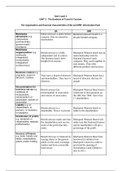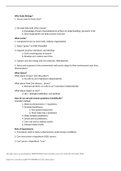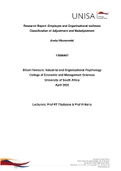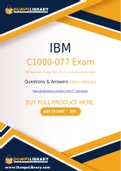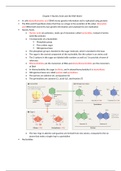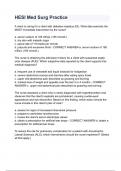Voordeelbundel
Physical Chemistry and Nuclear Chemistry
Physical chemistry is the study of macroscopic, and particulate phenomena in chemical systems in terms of the principles, practices, and concepts of physics such as motion, energy, force, time, thermodynamics, quantum chemistry, statistical mechanics, analytical dynamics and chemical equilibrium.
[Meer zien]





















